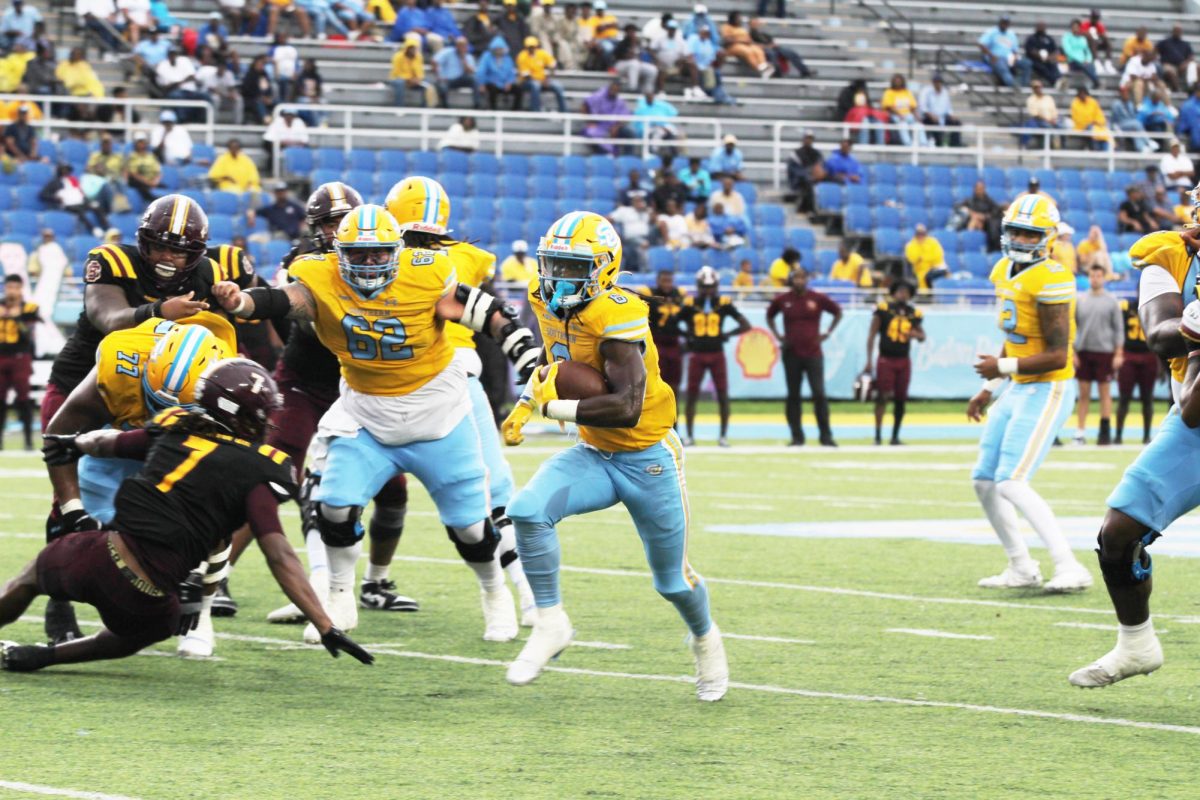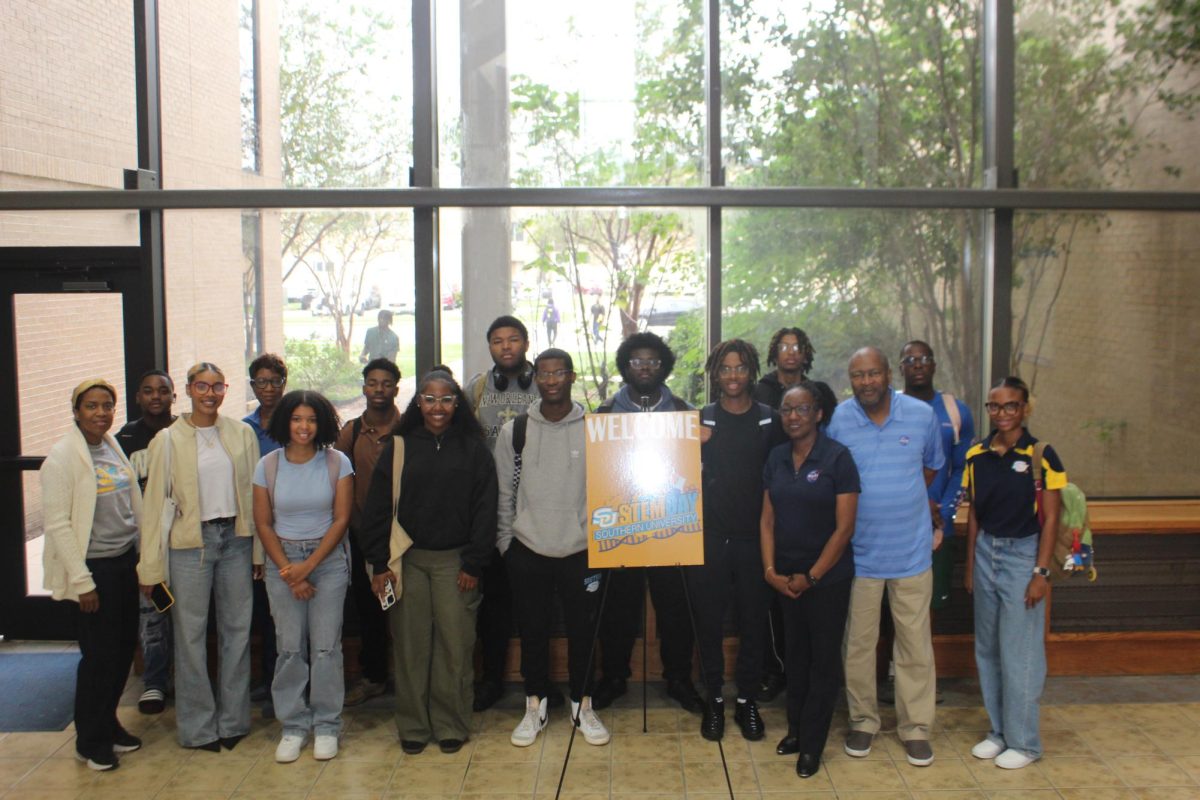To many, slavery in America ended 150 years ago, but to others it has only evolved into a new form. Slavery has manifested itself systematically into our structures here in America, and is still overtly present in other countries around the world. The current system is jeopardizing and threatening our freedom for selfish profit, just as it was 150 years ago.
One of the things that come to mind when defining modern day slavery are prisons and the justice system. According to a report on race and drug enforcement by the Human Rights Watch in May 2008, though whites and blacks alike engage in drug offenses, possessions, and sales at roughly comparable rates, African Americans (who are 13 percent of the US population and 14 percent of monthly drug users) are 37 percent of the people arrested for drug offenses.
Another issue that goes more unnoticed than the unfair sentencing are the existence of private prisons. The privatization of prisons is morally wrong and constitutionally questionable, as states are asked to sign contracts with private companies agreeing to a 90 percent occupancy rate for periods as long as 20 years. Being bound to a contract like this causes people to be targeted and used as pawns in the system, so others can make a profit from their suffering. Many have even made allegations that some judges are paid to give longer sentences for petty crimes in order to keep prisons full, so prisoner quotas can be met and contracts remain un-breached.
The criminal justice system is just one of the ways that slavery has manifested itself in modern day. We are also enslaved by monetary debt and commercial industries. Many people borrow money, whether it be in the form of loans or credit, in order to obtain necessities. Post-secondary education is one of the most valued things in our country and simultaneously one of the most difficult things to afford financially, especially for certain demographics. In America, college prices are inflated and higher education is the first thing cut when state budgets are low. This combination often leaves people with two options: forfeiting a higher education and jumping straight into the workforce, or taking out an unsightly number of student loans in order to temporarily pay off their institutions. Both options have their downfalls. Without higher education, people are more likely to work minimum wage jobs that only provide enough money to cover bills, and those who pursue higher education are often greeted with debt much higher than their starting salary upon graduating.
Modern day slavery is not limited to forcing people into labor while others profit from it. It is the broader idea that there are systems in action that work against certain demographics while uplifting others. It is important to bring these issues to light, so they can be dealt with. It is easy to take a stand when your freedom is being blatantly threatened, but when injustice takes place covertly, it is harder to address. While these are a few examples of modern day slavery, it is encouraged that everyone identify their own examples and, more importantly, figure out what to do to change it. As long as injustices occur, we as a people should not be stagnant, but constantly in motion to create a just world.
Categories:
Modern Day Slavery: Something to Reflect On
February 25, 2015
0
More to Discover










